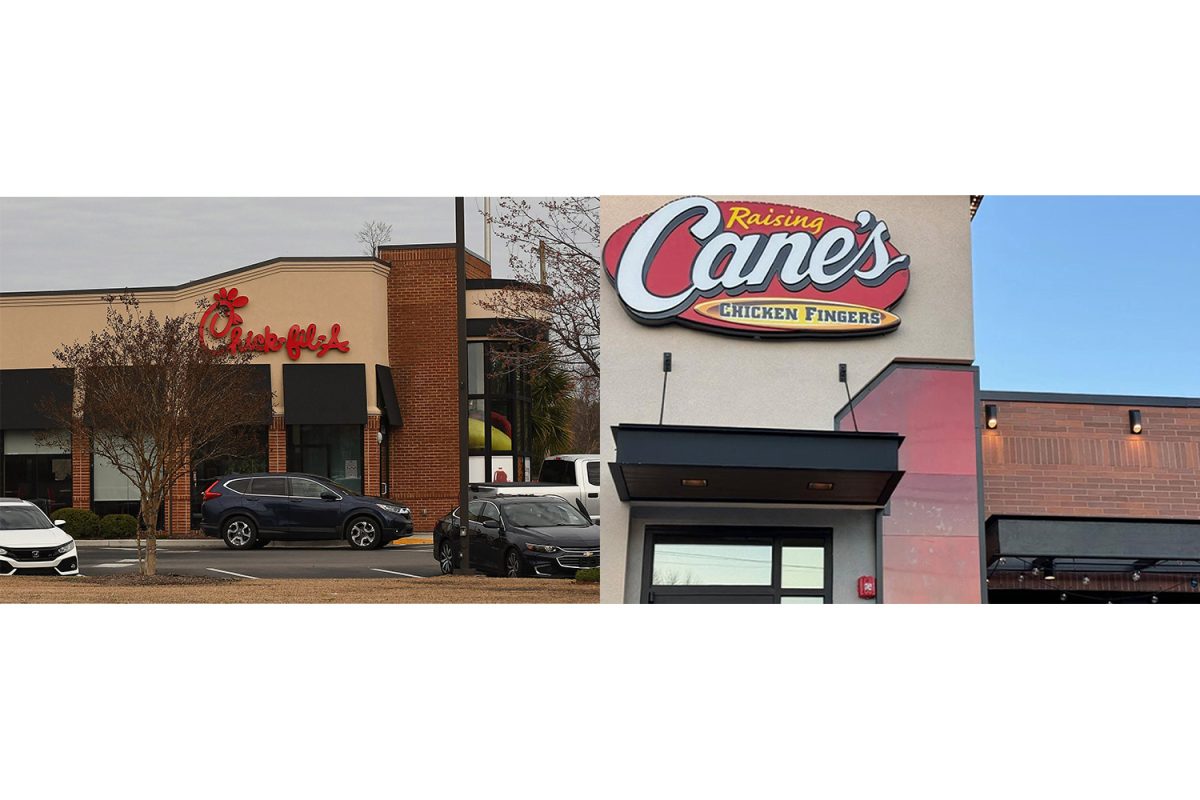Joe Lane
[email protected]
Milton Friedman is one of the most-recognized U.S. economists in history. He is famous for his philosophy that businesses exist for one sole purpose: to generate profits and improve the wealth of its shareholders.
Friedman argued that the social mission of a profit-seeking business is not to benefit its community, employees, or the environment but to focus solely on improving wealth. From what I have learned in Tippie as a business student, while Friedman makes valid economic points, his arguments seem to contradict the I3 tenants taught in the business school, which outline how Tippie graduates are expected to conduct business (that is, with Integrity, Innovation, and Impact).
However, for as much as I disagree with Friedman’s shareholder perspective in business, I think he may have had a brilliant idea for how to better fund a college education. In a 1955 essay, Friedman proposed governments or private lenders could “buy a share in an individual’s earning prospects.”
As it turns out, Purdue University is doing just that with its new “Back a Boiler” program. The recently announced program will allow current juniors and seniors the option to pledge a certain portion of their future earnings to repay a form of loan called an “Income Share Agreement.” The program is fascinating for two reasons.
First, the rates and value of the agreements vary for students based on their potential future earning potentials. Purdue offers a site in which current students can input their major, number of credit hours completed, anticipated course load remaining, and anticipated graduation date to determine the value of their agreements. So I used my own scenario as an example.
I am a marketing student, with 118 completed hours and 26 semester hours remaining, due to graduate in May 2017. If I were to take my maximum available agreement of $32,000, I would face an income share of 9.79 percent of my annual income. The site projects my starting salary to be $49,000 and my total cost to repay the agreement as $44,335 over 96 months (eight years) which would result in monthly payments of approximately $400 for the first year. As a point of comparison, a standard student loan of that amount with 6.84 percent interest would cost me $49,672 to repay.
RELATED: Baseball, America’s perpetual pastime
While my monthly repayment would increase for the 96 months, I would be done paying as soon as I reach the end of that time period.
But the second, possibly even more attractive aspect of the program, is that some students may end up paying back even less than they borrowed. Because the agreements are set up as a portion of real income, the actual value of repayment may vary. Moreover, Purdue’s FAQ website for the new program indicates that “those who earn a substantial amount of income will not pay above a certain maximum amount.”
Purdue’s program is brand-new, by no means perfect, and operating in a gray area of existing tax law. But it represents a new way of looking at the obscene cost of a college education today.
As individuals who have already received such loans have attested, even this system cannot solve the issues of an education funding model that sends a large portion of the country into debt, but it is, at least, a new attempt at improvement.







